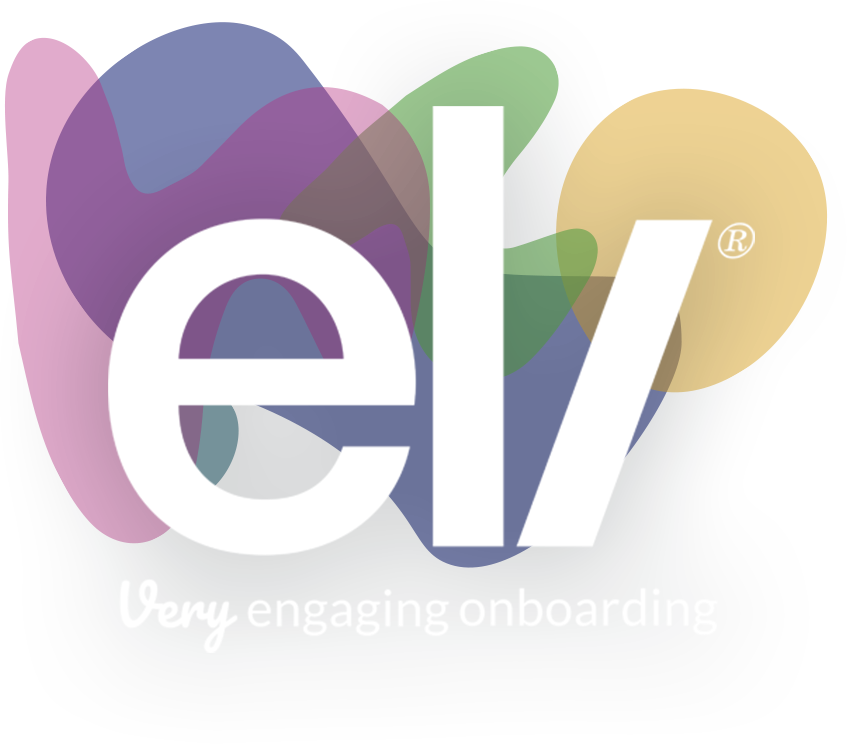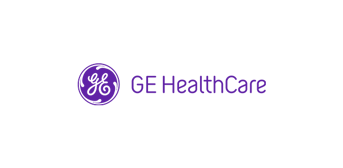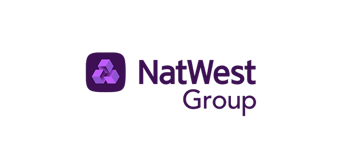How to Create a Successful Onboarding Strategy
 Published by Sarah Wardle 23/04/2025
Published by Sarah Wardle 23/04/2025
A great onboarding experience can be the difference between a confident, committed new student or graduate hire and a disengaged one. Yet, many early careers teams still struggle to move beyond admin-heavy processes to deliver a truly engaging, experience-led approach.
As budgets tighten and expectations rise, making the business case for onboarding investment is more important than ever. Here’s how to create an onboarding strategy that drives real impact—and how to prove it.
Start with the experience, not the admin
Too often, onboarding is viewed as a checklist of tasks to complete before day one: send the contract, collect documents, set up IT. But experience-led onboarding flips this on its head. It focuses on the feelings, expectations and engagement of new hires from the moment they say ‘yes’ to your offer.
At Eli Onboarding this approach helps our clients create personalised journeys that build excitement, reduce anxiety and create early connection. For example, early career new hires using Eli visit their portal an average of 26.9 times, spending over 8 minutes each time—demonstrating high engagement. Globally, Eli hit 95% new hire engagement in 2024, with clients like Fidelity International reaching 100% engagement and rating the experience 5/5, and GE HealthCare achieving a 94% score on how onboarding helped performance from month one.
Define what success looks like—for everyone
A successful onboarding strategy works for the new hire, the early careers team and the wider organisation. That means going beyond logistics to think about:
Candidate engagement: Are new hires interacting with content? Do they feel connected before day one?
Team efficiency: Is the onboarding process streamlined and scalable for your internal team?
Business impact: Can you see tangible results in retention, performance, or brand advocacy?
Cognizant, for example, use Eli to deliver graduate onboarding aligned to social mobility goals. In their first year with Eli 100% of their graduates achieved passes in their six-week technical training and 100% of graduates were on live client work by week 10. Their reneges sit at an industry-defying 8%, which is 12% below the sector benchmark.
Use metrics to drive insight—and action
To make onboarding stick, you need to prove its value. Start by identifying the right metrics. Track engagement rates, task completions, and feedback from new hires at multiple stages.
Real-time analytics can guide improvements. Eli’s wellbeing tracker alerts stakeholders when a new hire logs in feeling unhappy, enabling early intervention. The Eli Insights dashboard provides real-time engagement scores, allowing teams to spot and support potential dropouts.
The results speak for themselves with Alvarez & Marsal reducing attrition from 21% in 2022 to 13% in 2024, saving an estimated £1.6m in rehiring and retraining costs. Across all Eli clients, onboarding receives an average rating of 4.81/5.
Do more with technology—without compromising the human touch
Let’s be honest—early careers onboarding teams are under pressure with a huge surge in AI applications recently. Budgets are tight and recruitment volumes fluctuate. But there are smart ways to scale without losing the personal touch.
Why not use technology to help manage the admin? This frees up early career recruitment and development teams to spend more time on the value-add. Eli’s digital-first experience enables automation without sacrificing the human element. For instance, Arcus FM saw 97% of new hires feeling settled by week one and 95% feeling supported by their manager after six weeks. They also saw early attrition drop from 12% to 7%.
Make the business case—tailored to your audience
Getting stakeholder buy-in starts with understanding what matters to them. Senior leaders may be focused on productivity and retention; line managers on preparedness; HR on DEI and compliance.
Craft your case accordingly. Alvarez & Marsal improved their probation pass rate to 86% in 2024. Feedback like “best onboarding I’ve ever had” also helps prove the case.
Look ahead: the future of onboarding is hybrid, human and personalised
The onboarding landscape is shifting. With hybrid working now the norm, early talent expects a digital experience that’s just as personal as in person.
Innovative employers are blending technology with human interaction. Eli supports personalisation, accessibility and inclusivity.
And early careers onboarding doesn’t stop on day one. Increasingly, organisations are looking at 90-day or even programme-long journeys that support long-term performance and belonging.
Final thought
Successful onboarding isn’t about ticking boxes. It’s about designing an experience that connects, informs and inspires—while proving its value to the business. With the right strategy, tools and mindset, early careers teams can deliver onboarding that makes a lasting difference.










